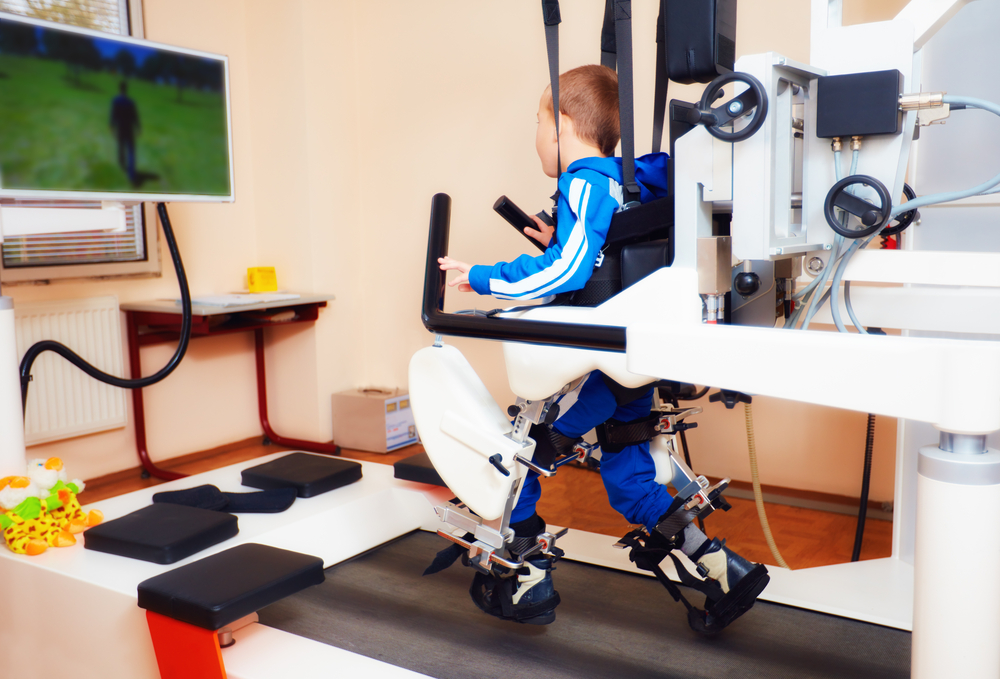In recent years, advancements in technology have made a significant impact on the field of sports medicine, offering innovative solutions for the treatment of sports injuries. These groundbreaking technologies are transforming the way athletes and medical professionals approach injury prevention, diagnosis, and recovery.
Here, we explore some of the latest technologies to help treat sports injuries more effectively and efficiently.
Wearable Technology and Biomechanics
Wearable technology include fitness trackers, smartwatches, and smart clothing. They are playing an increasingly important role in sports injury prevention and recovery. These devices can monitor an athlete’s biomechanics, heart rate, and other vital parameters. This helps to identify potential issues before they lead to injury. Wearables also allow for real-time feedback. Therefore, it enables athletes to make adjustments to their training and improve their performance while minimising injury risk.
Regenerative Medicine and Platelet-Rich Plasma (PRP) Therapy
Regenerative medicine, including the use of platelet-rich plasma (PRP) therapy, is revolutionising the treatment of sports injuries. Firstly, PRP therapy involves injecting a concentrated solution of the patient’s platelets into the injured area. Consequently, the solution promotes natural healing and tissue regeneration. This treatment has shown promise in accelerating the recovery of various injuries, such as tendon, ligament, and muscle damage, as well as reducing inflammation and pain.
Advanced Imaging Techniques
Advanced imaging techniques, such as magnetic resonance imaging (MRI) and 3D ultrasound, have greatly improved the diagnosis and treatment of sports injuries. These technologies offer high-resolution images that allow medical professionals to better visualise and assess the extent of damage, guiding more precise and targeted treatment plans.
Robotics and Exoskeletons
Robotic technologies and exoskeletons are making waves in sports injury rehabilitation. These devices can assist athletes in regaining mobility and strength after an injury, while also reducing the risk of re-injury. By providing support and assistance, robotic exoskeletons can help athletes maintain proper form and technique during their recovery process, promoting safer and more effective rehabilitation.
Virtual Reality (VR) and Augmented Reality (AR)
Virtual reality (VR) and augmented reality (AR) are increasingly being used in sports injury rehabilitation. These technologies create immersive and interactive environments that can help athletes regain confidence, improve balance and coordination, and practice specific skills in a controlled setting. VR and AR can also be used to simulate real-life scenarios, allowing athletes to test their abilities and progress before returning to the field.
Telemedicine and Remote Monitoring
Telemedicine and remote monitoring are transforming the way athletes access medical care and manage their recovery from sports injuries. Through video consultations, mobile apps, and remote monitoring devices, athletes can receive professional guidance and support without the need for in-person visits. This increases accessibility to expert care. Additionally, it enables more frequent and consistent communication between athletes and healthcare providers.
Conclusion: Embracing the Future of Sports Injury Treatment
The advent of new technologies in sports medicine is revolutionising the prevention, diagnosis, and treatment of sports injuries. These innovations are transforming the way athletes and medical professionals approach injury management. By embracing these cutting-edge technologies, athletes can look forward to faster, safer, and more effective recovery from sports injuries.











